Kitchen cabinets – what to look for when buying your units
Here's our guide to planning and choosing the right kitchen units for you
When it comes to kitchen cabinets there's a wealth of options, meaning it can feel overwhelming choosing the right style. Whether you prefer contemporary high-gloss, warm woodgrains or classic shaker style, there's a kitchen cabinet design to suit all.
Getting the cabinet choice right is important because kitchen cabinets not only play a huge role in how your kitchen looks, they have a big impact on budget too. The good news is that the latest kitchen cabinets are fantastically future-proof and made for all budgets. Dress them up with colour or add accessories and you can refresh your scheme as often as you like, for years to come.
Head to our kitchen channel for all your design inspiration needs
While choosing the layout of your kitchen is a lot about practicality, picking the cabinetry is where you really get to make your mark. Do you go for sleek contemporary or classic shaker style doors? Are you looking for low-cost solutions or high-end bespoke cabinetry? How much do carcasses matter?
Read on, and discover all the questions you need to ask yourself before you buy, as well as the answers to all your cabinetry concerns.
What style of kitchen cabinet is best for my layout?
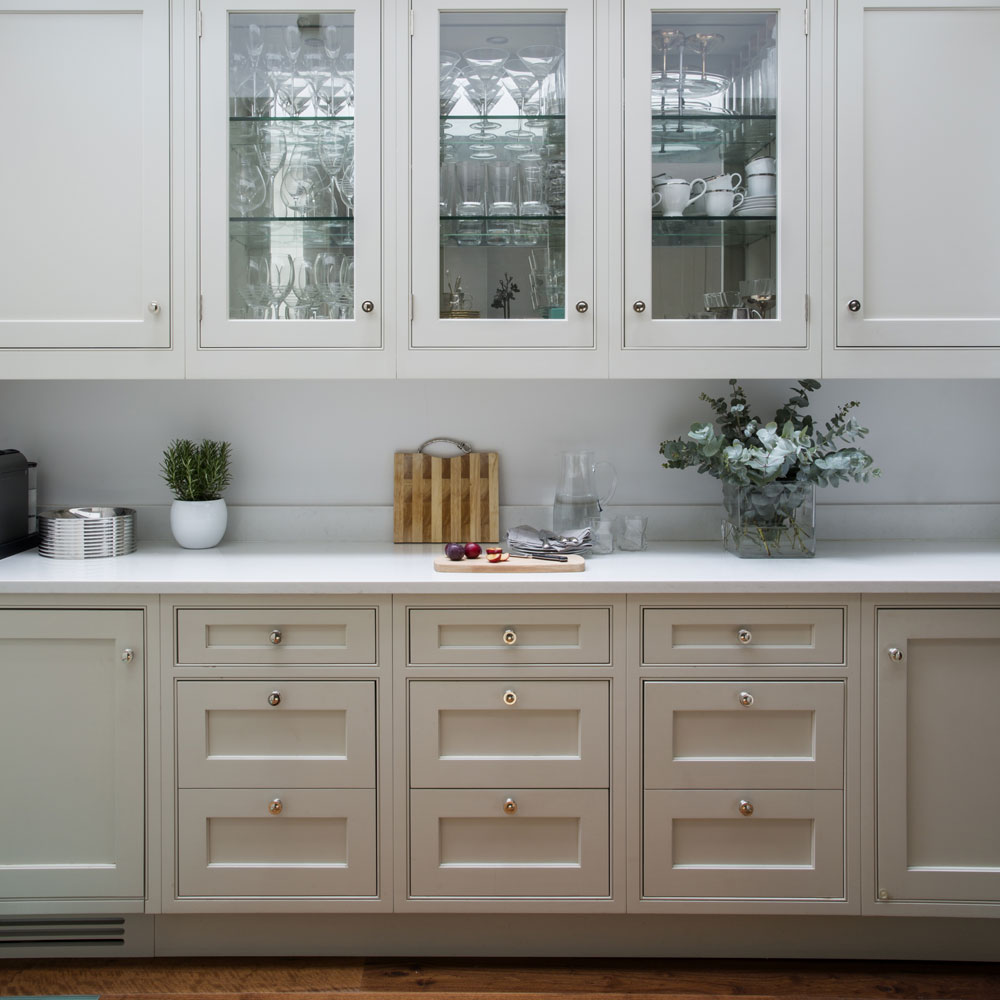
Ultimately, your layout needn't affect what unit style you choose. However, it can have an influence. Large family kitchens with U-shaped kitchen ideas work well with a large island or farmhouse-style table at their heart, so perhaps a traditional or country look will suit your needs. Alternatively, galley layouts can benefit from modern streamlined designs that will maximise light and space.
Still in the early stages? How to plan a kitchen – your step-by-step guide to the perfect space
What are the best quality kitchen cabinets?
Carcasses are the units onto which doors and drawer fronts are attached – the internal framework of your kitchen. They have a structural role in terms of supporting the worktops, and of course provide storage and appliance housing. Only visible when doors are opened, they’re easy to overlook, but poor-quality carcasses will have a massive impact on your kitchen’s longevity and performance.
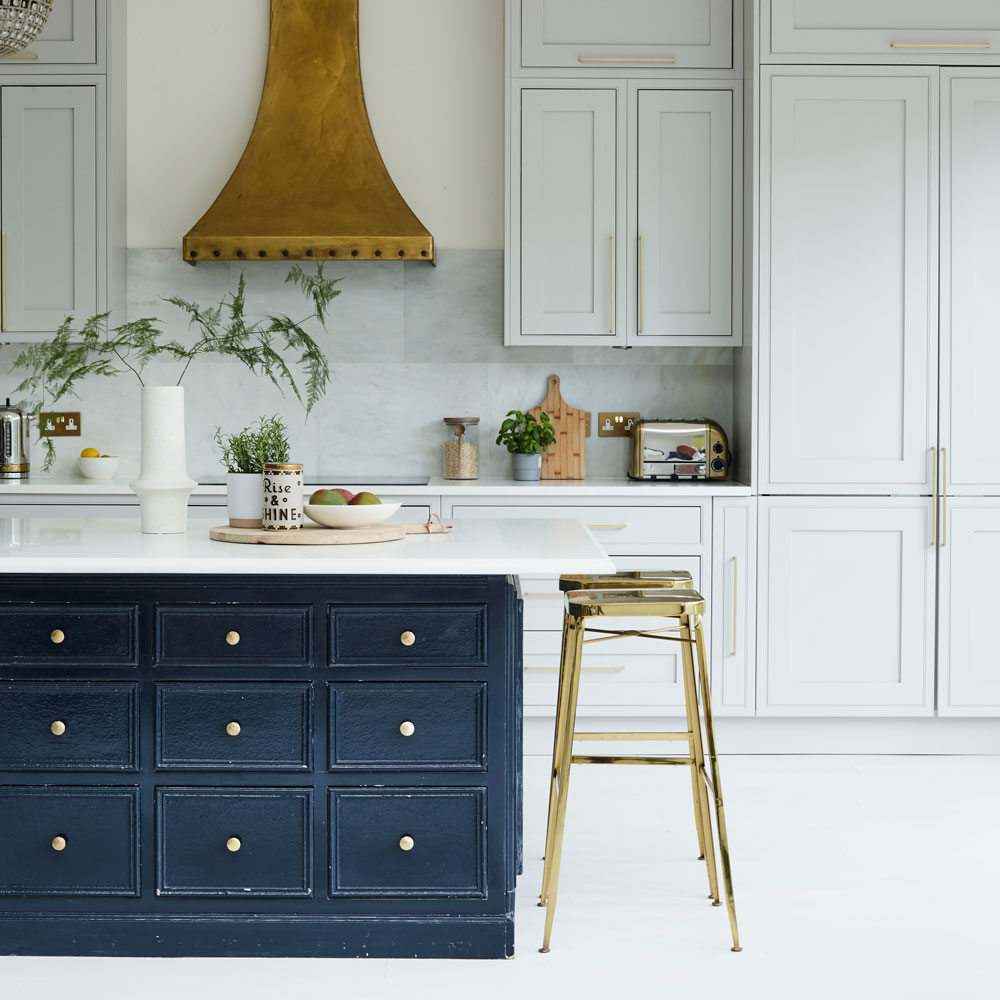
The density of the material will determine the lifetime of your kitchen cupboards. Low-density chipboard is the most basic material for carcasses. It's more prone to permanent warping in damp conditions, but is the most affordable option. Here's a full list of options.
1. Melamine-faced chipboard kitchen cabinets
The staple diet of entry-level kitchens, MFC is a manufactured board popular for being inexpensive but strong. Its chipboard core is made from scrap wood, sawdust and paper, and faced in a melamine laminate. The carcass's surface is moisture resistant, anti-fungal and easy to clean. The chipboard core will expand and 'blow' if moisture gets in, but most modern carcasses are well-sealed to prevent this.
2. MDF (Medium density fibreboard) cabinets
Another popular mass-produced board. It's considered superior to chipboard, and is thus marginally more expensive. Why? Because it is stronger, denser and has a much smoother, more moisture-resistant edge when cut. Made from felted wood fibres bonded under high pressure, MDF is sap and knot-free and has a smooth surface that is suitable for a variety of finishes.
3. Timber-faced MDF or chipboard units
To achieve the beauty of real wood without fear of it warping, a thin veneer of timber – often to match doors – is applied on one or both sides of MDF or chipboard to give the impression of a single piece of wood.
4. Plywood kitchen cabinets
Plywood is a premium sheet material made from layers of hardwood and is mostly used by bespoke cabinet makers. It's incredibly stable and solid – virtually bulletproof – but weight can be an issue on wall-hing units. Marine-grade or MR (moisture resistant) ply is a good option if your house is built on a floodplain. It is usually faced with oak or birch but can also be painted or laminated.
5. Real wood cabinets
Solid timber in single planks is actually a very impractical choice for carcasses. It isn't as rigid as manmade boards and could well warp in time. The only valid option, therefore, is solid-wood carcasses made from multi-stave boards, which are narrow staves of wood jointed together to prevent flexing
The benefit is that the carcass edge can be sanded flat, meaning edging strips aren't required to achieve a neat look.
Consider buying second hand: Second hand kitchens: How to buy good quality, cheap kitchen units
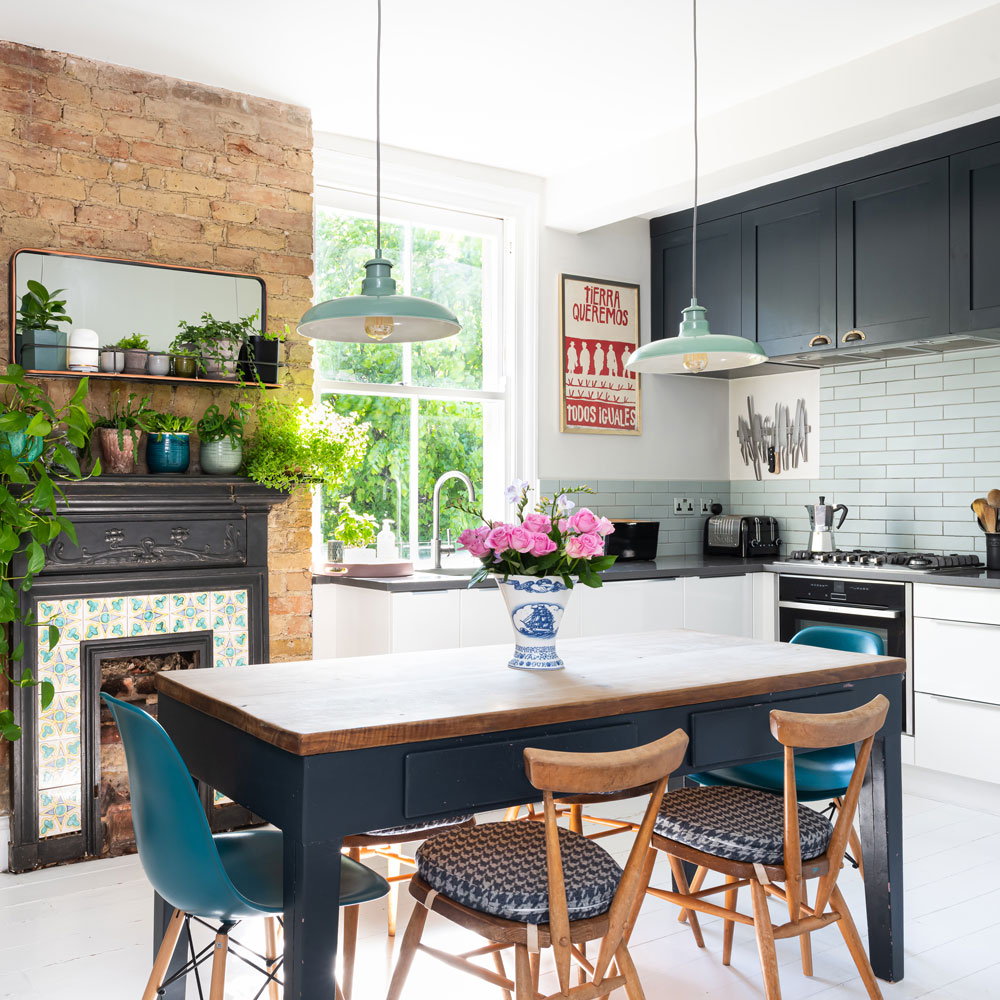
Should I choose standard units or bespoke kitchen cabinets?
Most high-street kitchen companies will offer a kitchen with standard units in various sizes. Carcasses are generally made in standard European sizes – labelled by width. For example, 300mm, 500mm, 600mm, etc. These also conform to European appliance sizes, making it easy to fit appliances and cabinets together.
You can use online tools or a kitchen company representative to work out the best design to fit your room measurements and accept what they have as the definitive choice.
Alternatively, you can use a manufacturer who will design and make bespoke units, using with specialised carpenters and joiners who will fit your room perfectly. Obviously you pay a premium for this option but you then have freedom of choice and flexibility in your design.
Kitchen units – flat pack versus rigid
Flat-pack carcasses are cheaper to transport and store, so cost less than rigid carcasses. Modern flat-pack carcasses (think Ikea or B&Q) tend to be made on a CNC machine, which improves the chances that all the holes and screws will line up. Look for versions with pre-inserted cam and dole fittings that are quick and easy to assemble.
Rigid carcasses are assembled in a factory and are considered structurally superior. Essentially, they are also much quicker to fit, resulting in less downtime between old and new kitchen, It also dramatically reduces the risk of missing parts and components, which can significantly delay progress.
Although flatpack carcasses are cheaper initially, it's important to factor in the cost of assembling the units. If you're not prepared or able to do it yourself, the cost of labour can soon add up, particularly if parts are missing and your fitter has to find replacements. If you are building the carcasses yourself, good-quality flatpack units can represent a decent saving.
Not nailed your layout? READ: Kitchen layouts – everything you need to know
Choose the best style of kitchen cabinets for you
Here's our ultimate list of the many styles to choose from.
Shaker kitchen cabinets
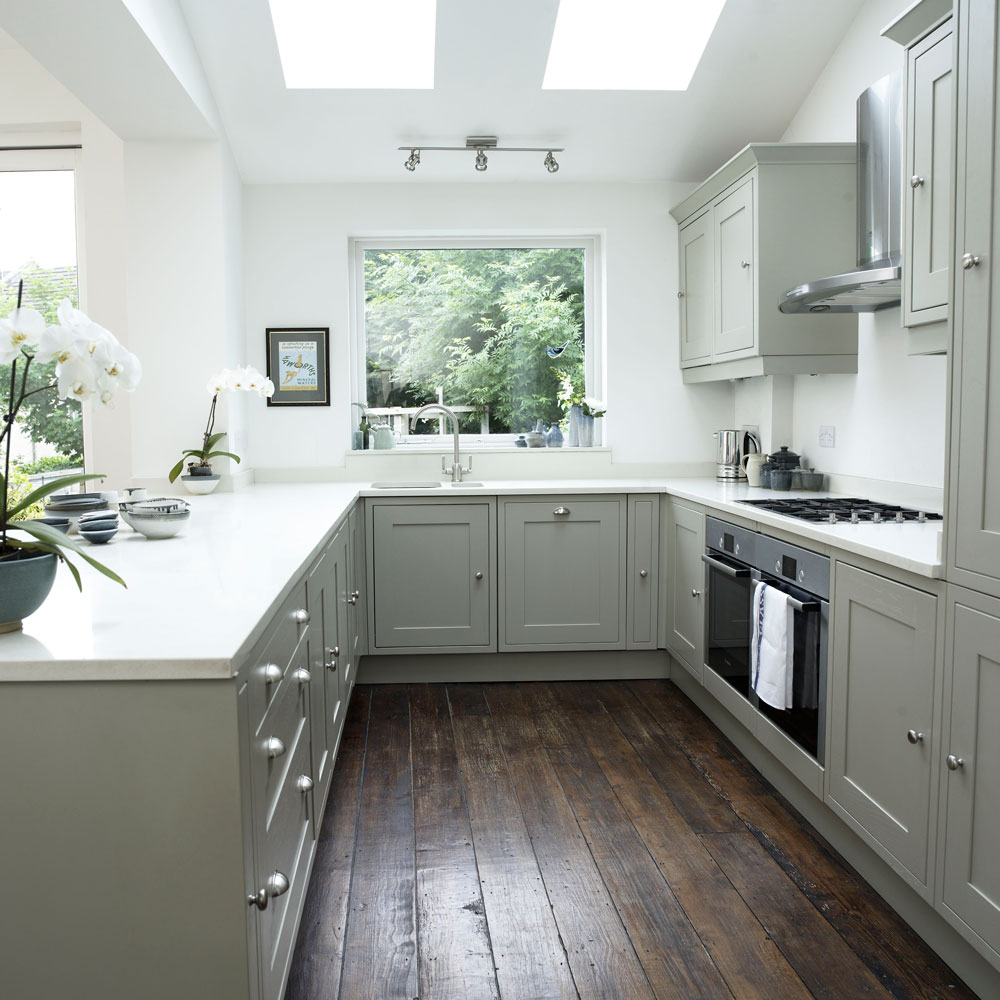
Solid painted timber doors with a framed feature and veneered centre panel continue to be popular. They are known for being a timeless and versatile choice – yet, depending on the colour you choose, it's possible to create some dramatically different looks.
Fresh whites and pretty pastels are Scandi cool. Navy blue and slate greys are on trend and dramatic, while sage green and cream kitchen ideas are perennial classics, especially when paired with timber worktops.
Slab kitchen cabinets
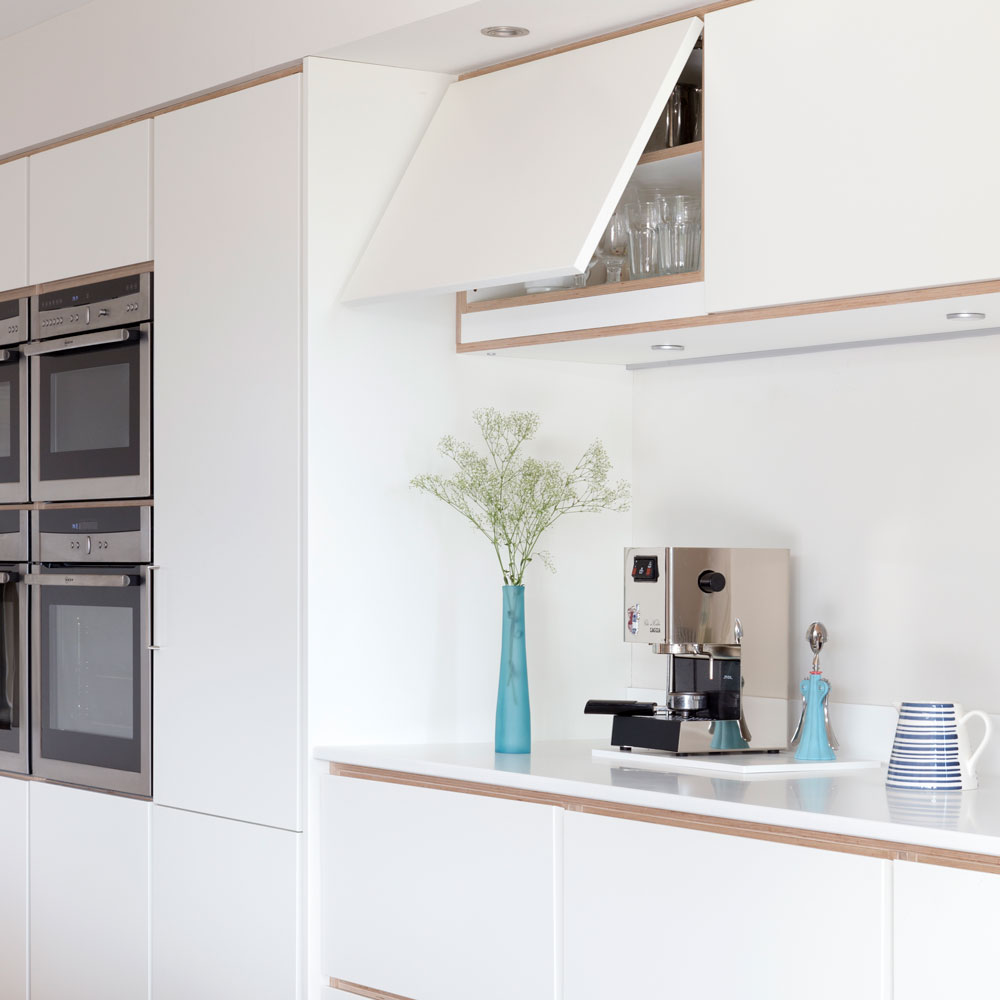
Slab door designs are a smooth canvas that can be customised to suit a range of environments. Whether it is a simple functional budget kitchen, or a high-design aesthetic look in vibrant colours. For low maintenance, choose matt finishes over gloss and opt for handleless cabinetry, too. Not only is it easier to keep clean, it looks super-sleek and is safer if you have little ones running around.
High-gloss kitchen cabinets
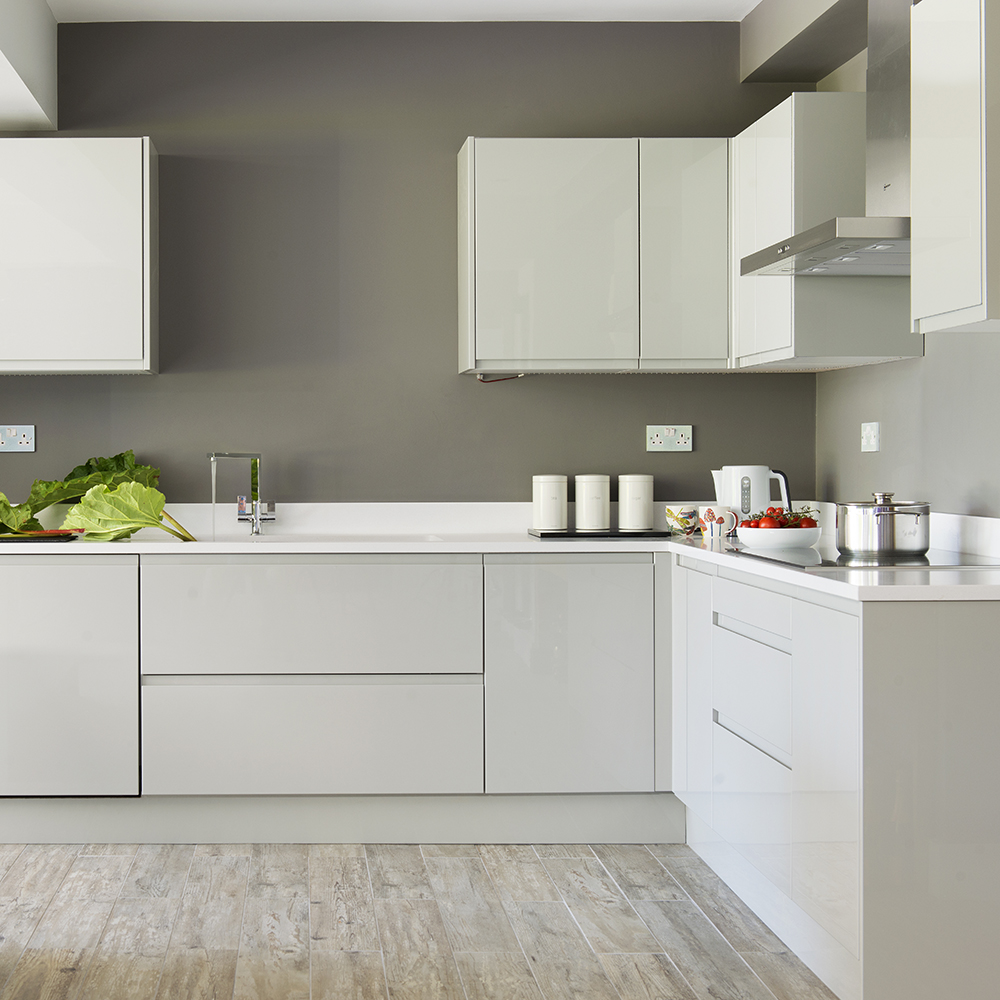
Modern designs have moved on from swathes of clinical white or brassy red gloss. The most recent trend is for units in beautiful neutral shades – think grey, mushroom, Champagne and cream. They still boats the same flowing lines and fuss-free finish that high-gloss is loved for, but the soft colours bring character and are easier to live with.
New engineering techniques have also helped give new life to a material that was previously out of favour, making it seem even more glossy and uniform.
Freestanding kitchen cabinets
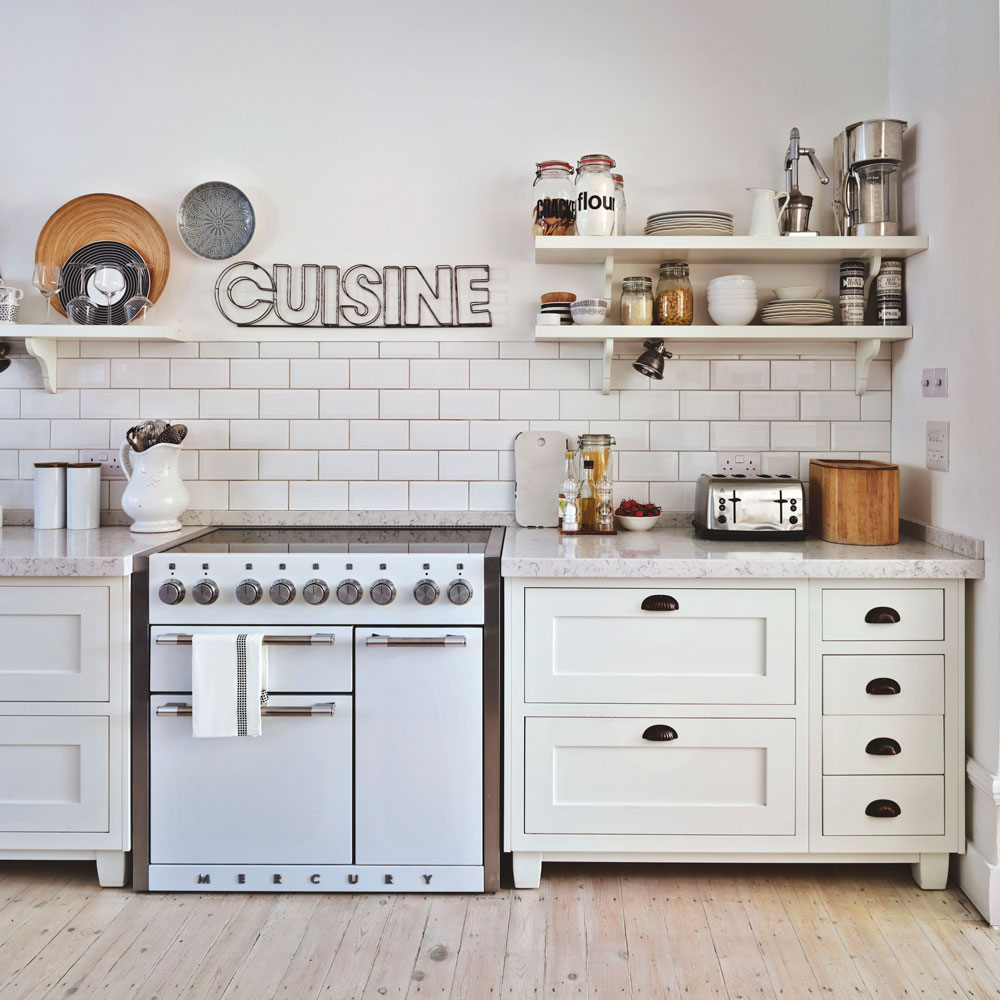
For those seeking a more relaxed approach to to their kitchen design, the option of buying freestanding cabinets is proving increasingly attractive. Often initiated by the desire to protect original architectural features from the permanent attachment of modern fitted units, the freestanding kitchen is a particularly popular choice in period properties.
The trend is also being embraced in contemporary kitchens, most notably large open-plan spaces where the kitchen can take centre stage thanks to standalone cabinetry. Another bonus? If you fall in love with your kitchen, you can take it with you when you move.
More things to think about: Kitchen worktops – everything you need to know
Consider internal fittings and finishing touches
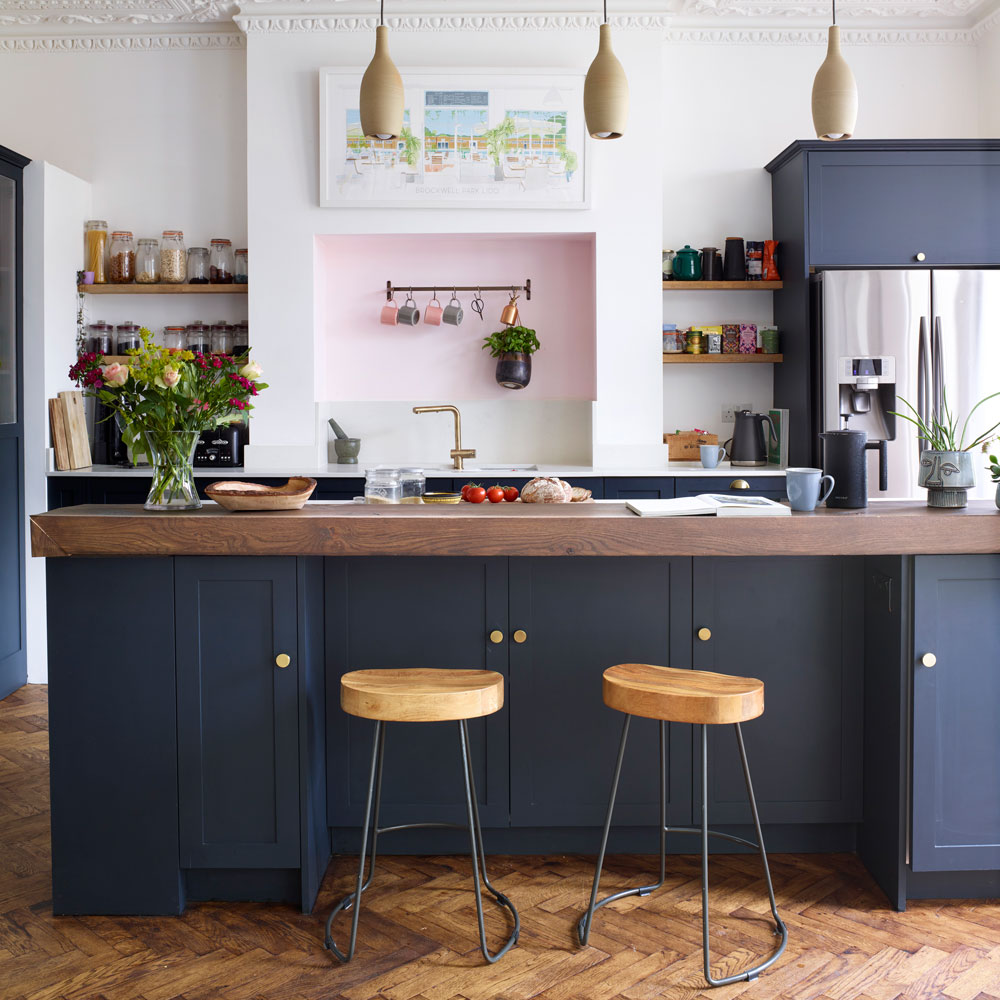
Finally, think about the extra fittings you need to frame your doors. Also handles and any storage solutions. These will cost extra, but can make a dramatic difference visually. They'll also make your kitchen more functional.
Here's a checklist of finishings to think about:
Plinths Also, known as kickboards, these run along the floor beneath units to cover up standard unit legs, which can be ugly. If you have chosen freestanding units on legs you don't need these.
Cornices The upper frame around fitted wall units. Hides cabinet tops and gives a neater look.
Drawers and runners Make sure drawer runners are full-extension. This provides a full view of the contents and will prevent items getting lost in the backs of drawers. Always check the load capacity of drawer runners, particularly on wide pan drawers. Blum's heavy-duty drawer runners can hold up to 70kg, meaning you can have wider, deeper drawers that store more, without compromising smooth operation.
Handles You can choose from bar, knob, decorative or no handles!
Inner storage solutions Pull-out swing larders, corner storage carousels, wicker drawer baskets – there are many options for your storage needs.
Soft-close hinges and drawer runners These gently and quietly bring drawers and doors to a close. The extra cost is minimal, and worth it when you consider the alternative – the crash and bang of cupboards being slammed shut.
Now you know what you're looking for, it's time to start shopping and make your kitchen dreams come true! And of course, if your budget doesn't stretch to new units right now, you can still achieve a quick, easy and affordable update with a lick of paint. Check out our guide to the best paint for kitchen cabinets to transform your existing cupboards whilst you save for your dream kitchen.
Get the Ideal Home Newsletter
Sign up to our newsletter for style and decor inspiration, house makeovers, project advice and more.
Rachel Homer has been in the interiors publishing industry for over 15 years. Starting as a Style Assistant on Inspirations Magazine, she has since worked for some of the UK’s leading interiors magazines and websites. After starting a family, she moved from being a content editor at Idealhome.co.uk to be a digital freelancer and hasn’t looked back.
-
 Will a conservatory add value to your home and how can you maximise it?
Will a conservatory add value to your home and how can you maximise it?This is what the pros say
By Amy Reeves
-
 I’ve been looking for a new signature scent for my home and The White Company's new fragrance is the exact summer holiday smell I needed
I’ve been looking for a new signature scent for my home and The White Company's new fragrance is the exact summer holiday smell I neededSantorini smells fresh, summery and sophisticated
By Kezia Reynolds
-
 How to remove algae from garden walls in five steps – and the cleaning product experts rave about for tackling it fast
How to remove algae from garden walls in five steps – and the cleaning product experts rave about for tackling it fastExperts share their top tips for getting garden walls algae-free
By Katie Sims